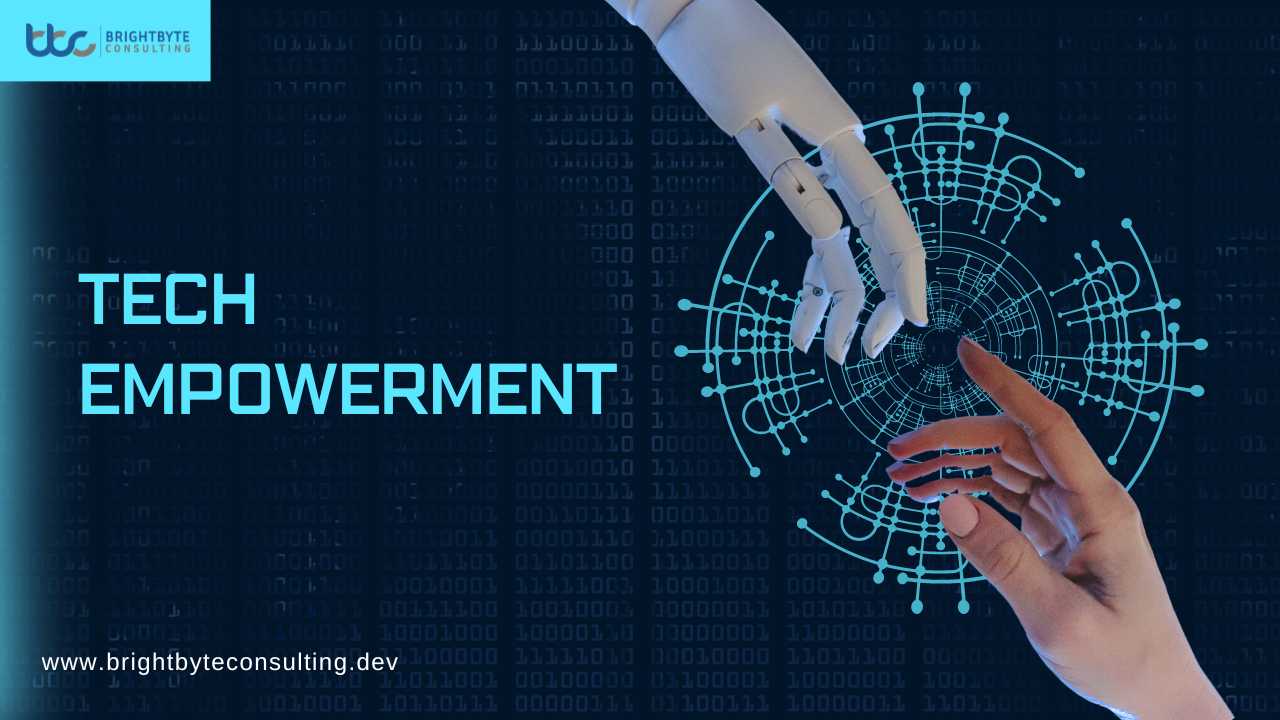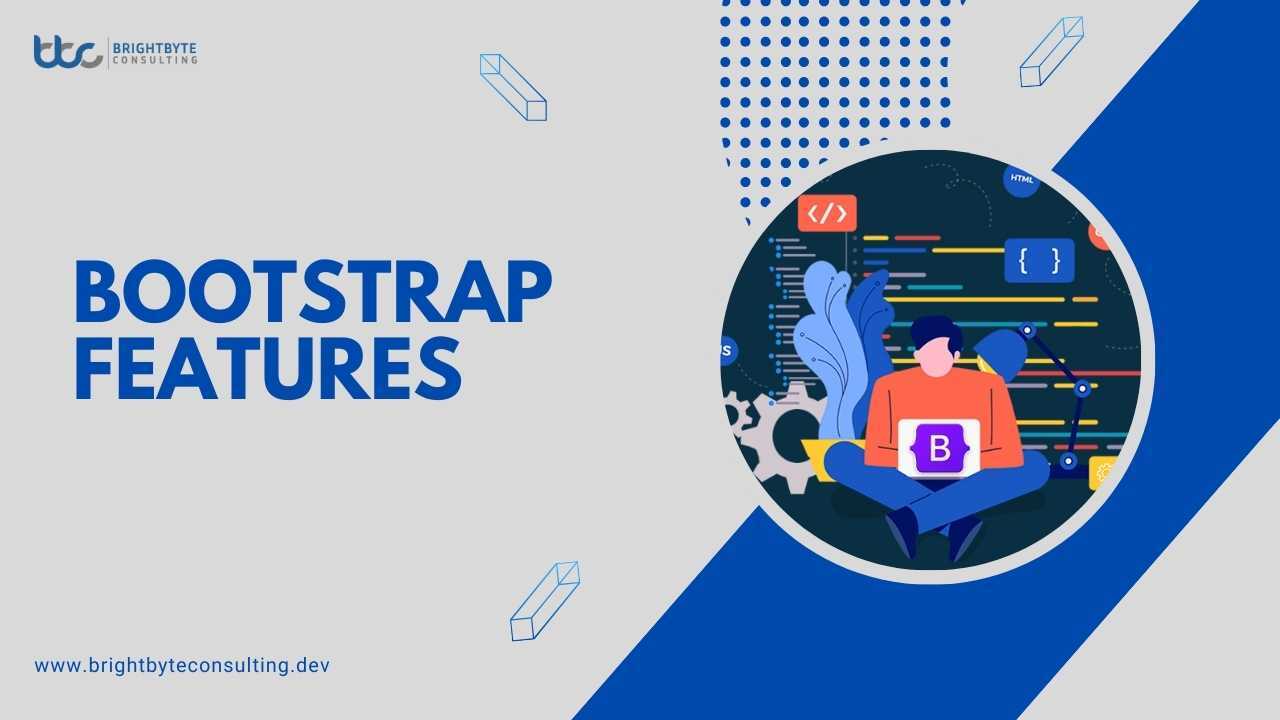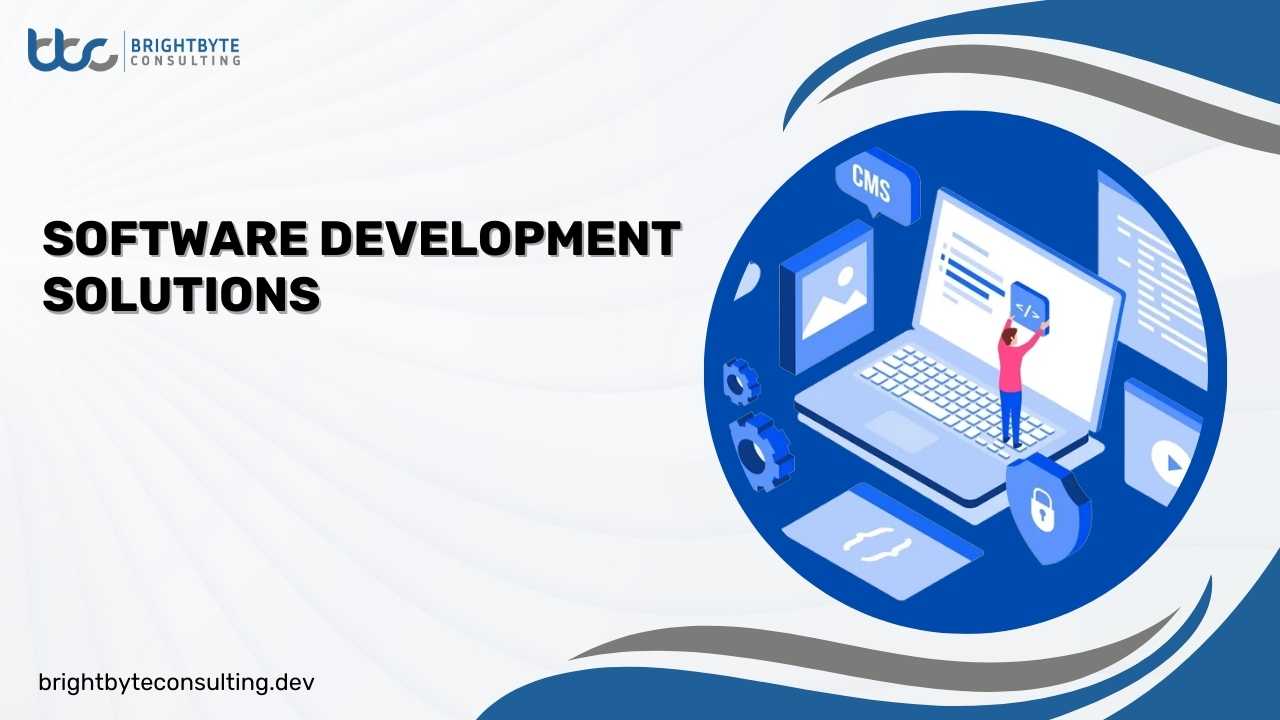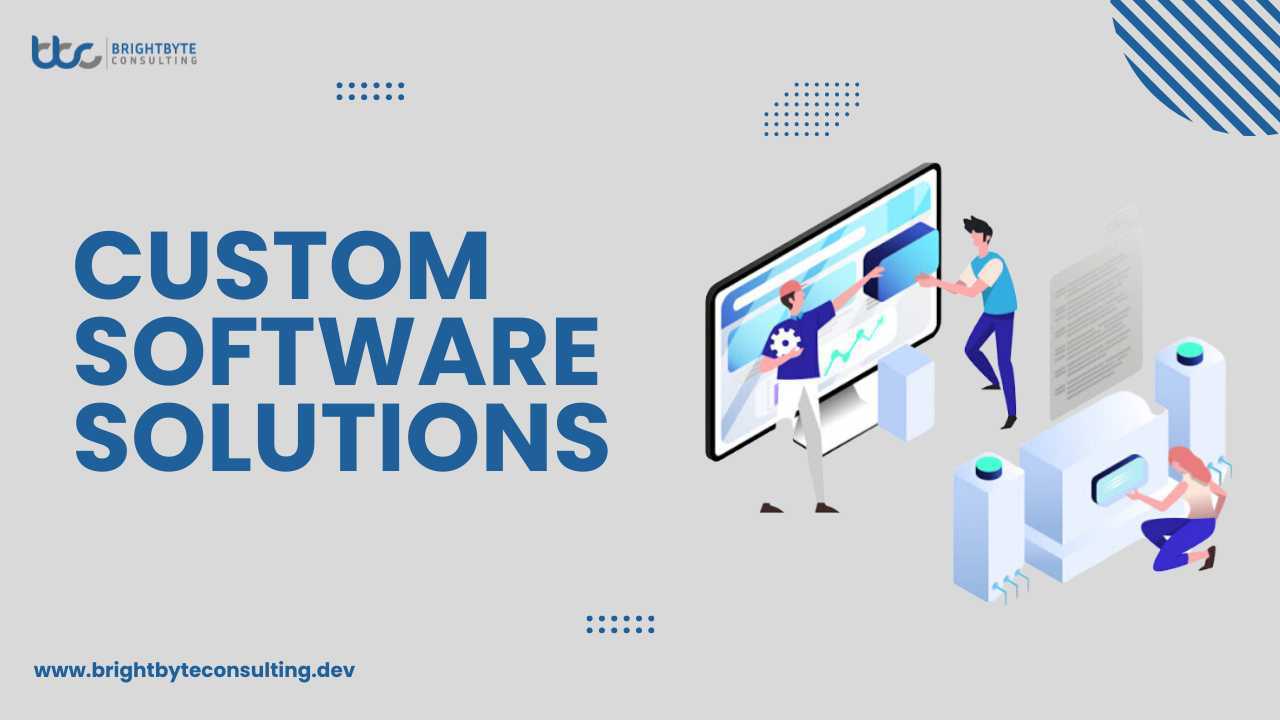Technology isn’t just about the latest smartphone or the most viral meme. It’s a transformative force with the power to reshape landscapes, redefine communication, and, most importantly, empower individuals and communities on a global scale. This concept, known as Tech Empowerment, signifies the purposeful application of technology to bridge the digital divide, foster innovation, and unlock human potential.
The Digital Divide: Tech Empowerment
The digital divide refers to the gap between those who have access to technology and the resources to use it effectively and those who don’t. This gap can be a chasm, limiting access to education, healthcare, economic opportunities, and even basic communication. Imagine a student in a rural area yearning for a quality education but lacking access to online resources. Picture a farmer in a developing country struggling to connect with markets due to limited internet connectivity. These are just a few examples of how the digital divide can hinder progress and limit opportunities.
Tech Empowerment aims to be the bridge across this divide. By focusing on three key areas, it strives to create a more inclusive digital landscape:
Affordable Access
This isn’t just about handing out devices. It involves ensuring hardware, software, and internet connectivity are readily available at reasonable costs. Imagine government initiatives offering subsidized tablets or community centers providing low-cost internet access. These are steps towards bridging the gap.
Digital Literacy
Technology is a powerful tool, but it needs skilled users to unlock its full potential. Tech Empowerment emphasizes promoting digital literacy, equipping individuals with the skills and knowledge to navigate the digital world confidently. This can involve educational programs teaching basic computer skills, online safety practices, and responsible internet usage.
Relevant Resources
Not all technology is created equal. Tech Empowerment encourages the development of online content, applications, and tools that address the specific needs of underserved communities. Think about educational apps translated into local languages, or telemedicine platforms designed to operate on limited bandwidth. By tailoring technology to local contexts, it becomes a more effective tool for empowerment.
Tech Empowerment as a Catalyst for Change
Tech Empowerment goes beyond simply providing access. Technology is a powerful catalyst for change, fostering innovation and empowering individuals and communities:
Fueling Innovation
From entrepreneurs launching groundbreaking online businesses to researchers collaborating across borders on life-saving solutions, technology empowers innovation. Crowdfunding platforms allow for the democratization of funding, while online collaboration tools connect minds across continents. This fosters a world where brilliant ideas can blossom regardless of location or resources.
Empowering Individuals
Imagine a young woman in a remote village learning a new skill through online courses, or a visually impaired individual accessing audiobooks through a text-to-speech app. Technology provides a gateway to information, educational resources, and communication platforms, allowing individuals to learn, connect, and pursue their dreams. It empowers them to take control of their lives and chart their own destinies.
Strengthening Communities
Technology empowers communities by facilitating collaboration, information sharing, and resource mobilization. Think about social media groups connecting farmers to share best practices or online platforms enabling communities to raise funds for local projects. Tech-enabled tools can empower communities to tackle local challenges, advocate for their needs, and build a brighter future together.
Examples of Tech Empowerment
The transformative power of Tech Empowerment is being felt across the globe in various sectors:
Education
Online platforms like Khan Academy and Coursera are expanding access to quality education, particularly in remote areas with limited access to traditional schools. Educational apps can provide personalized learning experiences, catering to diverse needs and learning styles.
Healthcare
Telemedicine allows patients in underserved communities to connect with healthcare professionals remotely, improving access to medical consultations and diagnoses. Imagine a farmer in a rural area with limited travel options being able to consult a doctor through a video call. This can revolutionize access to healthcare, especially for those living in remote locations.
Economic Empowerment
E-commerce platforms like Etsy and Shopify enable individuals to sell their products and services globally, creating new income opportunities and fostering entrepreneurship. Imagine a local artisan showcasing their crafts to a worldwide audience, or a farmer selling their produce directly to consumers online.
Civic Engagement
Social media and online tools are facilitating citizen participation in government processes and social movements. Imagine a community mobilizing online to raise awareness about a local environmental issue or citizens using online platforms to hold government officials accountable. Technology empowers voices to be heard and fosters a more participatory democracy.
Environmental Sustainability
Technology is playing a crucial role in monitoring environmental changes, tracking resource depletion, and developing sustainable solutions. Imagine farmers using apps to optimize water usage or communities utilizing online platforms to share best practices for renewable energy adoption. Tech empowers communities to become stewards of their environment and build a more sustainable future.
These are just a few examples, and the possibilities are endless. As technology continues to evolve, so too will the ways it empowers individuals and communities.
Collaborative Effort for Future with Tech Empowerment
Unleashing the full potential of technology empowerment requires a collaborative effort from various stakeholders:
Governments and policymakers
They can invest in infrastructure development, promote digital literacy programs, and enact policies that ensure inclusive access to technology. Imagine government initiatives offering tax breaks for tech companies that develop solutions for underserved communities or establishing community centers equipped with technology resources. These steps are crucial for creating a more equitable digital landscape.
Businesses and organizations
They can play a vital role by developing technology solutions that address specific needs and contribute to bridging the digital divide. Imagine tech companies offering discounted data plans for low-income communities or developing educational apps in local languages. These contributions can have a significant impact on empowering individuals and communities.
Individuals
We all have a role to play. Individuals can actively engage with technology, learn new skills, and advocate for equitable access for all. Imagine a community leader organizing workshops on digital literacy or a young person using social media to raise awareness about the digital divide. Every action, big or small, contributes to a more inclusive digital future.
By working together, we can leverage the power of technology to bridge the digital divide, empower individuals and communities, and unlock a brighter future for all.
Share your experiences with Tech Empowerment in the comments below! How has technology empowered you or your community?
- Let’s discuss ways to close the digital divide and harness the power of technology for good. What innovative solutions can you think of?
Conclusion
In conclusion, the journey towards a more inclusive and empowered future through technology is ongoing and promising. By bridging the digital divide, fostering innovation, and empowering individuals and communities, we unlock boundless opportunities for progress and growth. Through collaborative efforts from governments, businesses, organizations, and individuals, we can ensure that no one is left behind in this digital age. Let’s continue to advocate for equitable access, promote digital literacy, and harness the transformative power of technology for the betterment of society. Together, we can build a brighter and more inclusive future for all.
FAQs
What is Tech Empowerment?
Tech Empowerment is the purposeful application of technology to bridge the digital divide, foster innovation, and unlock human potential.
How does Tech Empowerment address the digital divide?
Tech Empowerment addresses the digital divide by ensuring affordable access to hardware, software, and internet connectivity, promoting digital literacy, and developing relevant resources for underserved communities.
What are examples of Tech Empowerment in action?
Examples of Tech Empowerment include online education platforms like Khan Academy, telemedicine services for remote healthcare access, e-commerce platforms enabling global entrepreneurship, and social media facilitating civic engagement.
What role do governments play in Tech Empowerment?
Governments can invest in infrastructure development, promote digital literacy programs, and enact policies to ensure inclusive access to technology, fostering a more equitable digital landscape.
How can individuals contribute to Tech Empowerment?
Individuals can engage with technology, learn new digital skills, advocate for equitable access, and participate in community initiatives to promote digital literacy and bridge the digital divide.











